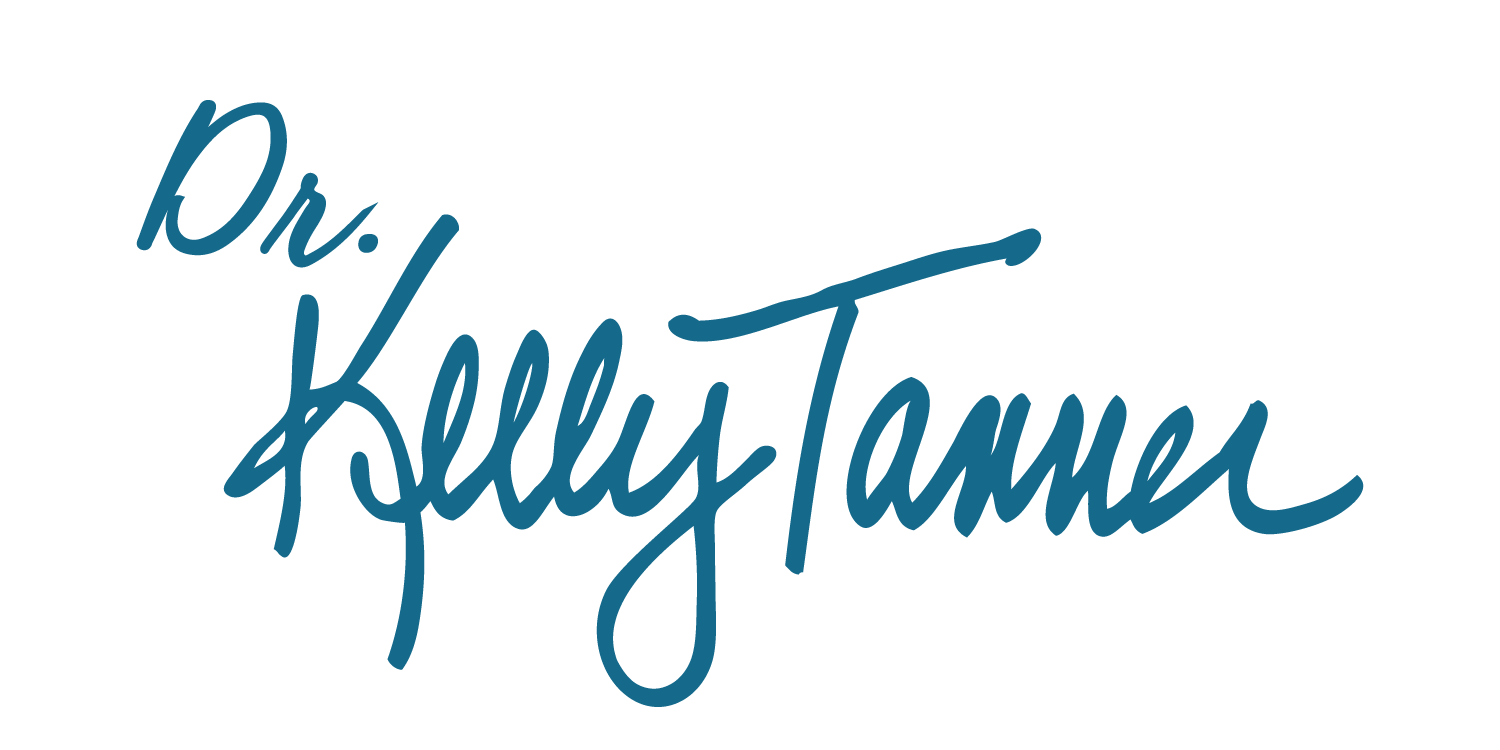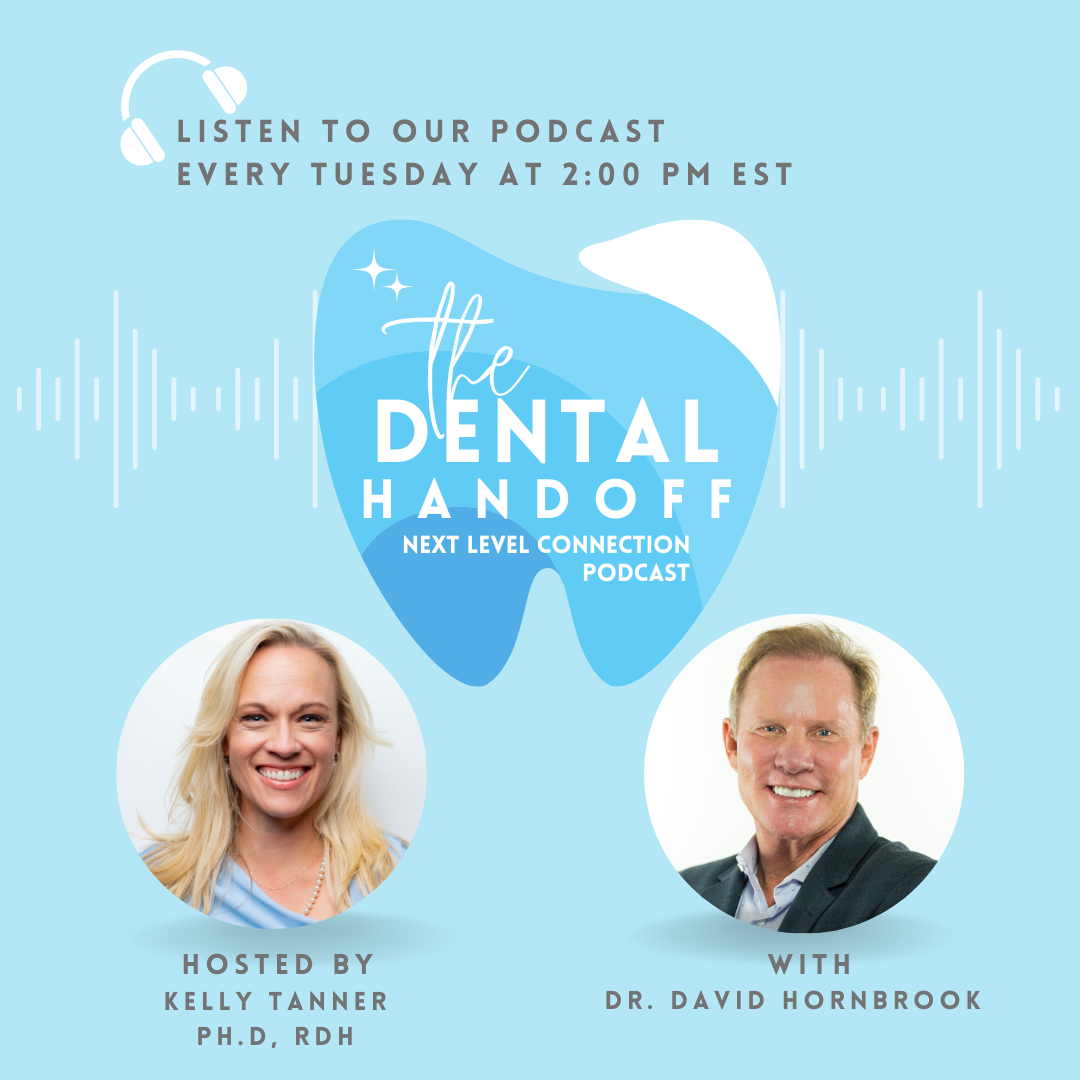The Gift of Exceptional Dentistry: Dr. David Hornbrook on Passion, Purpose, and Patient Communication
When Dr. David Hornbrook lost his thumb in a wakeboarding accident, his surgeon handed him a letter granting full disability—effectively ending his dental career. Instead of accepting this fate, he made a pivotal decision: "This isn't going to keep me from being a dentist." The experience not only forced him to reinvent how he practiced but made him "a much better dentist," by his own admission.
In a candid conversation with Dr. Kelly Tanner at the Chicago Midwinter Dental Meeting, Dr. Hornbrook—a pioneer in aesthetic dentistry with 37 years of experience—shared insights on finding purpose in dentistry, communicating effectively with patients, and creating life-changing experiences through exceptional care.
Finding Purpose Through Artistic Expression
Dr. Hornbrook's journey into dentistry began with a practical observation. As the son of a workaholic OBGYN who missed his sporting events and school plays, he noticed that his friend's father—a dentist—maintained a better work-life balance while still helping people and earning a good living.
"I want to be a dentist," he decided. "I can still help people, I can still be a doctor, and I can still be a dad."
However, dental school quickly challenged his assumptions about the profession. "In dental school, I realized there was nothing creative and artistic about dentistry at all. You were a technician," he recalls. The rigid training required exact replication rather than creative expression. "If I wanted to be creative or artistic, I failed."
Everything changed in the mid-1980s when new resin materials emerged. As a Colzer representative during summer break, Hornbrook gained early exposure to Durafil, the first microfill composite that would become foundational to aesthetic dentistry. This experience led him to teach direct resin techniques during his senior year of dental school.
"That's when I realized that aesthetic dentistry, lump-based dentistry, allows you to be creative," he explains. "I'm helping people. I'm gonna make a good living. I'm a doctor, and I get to be artistic."
The Transformative Power of Aesthetic Dentistry
The emotional rewards of aesthetic dentistry transformed Hornbrook's experience of the profession. While patients might thank him for relieving pain after a root canal, the gratitude expressed after aesthetic improvements was different.
"You do a tooth-colored crown to replace a PFM, and it's like, 'Oh my God, this is absolutely amazing. You changed my life,'" he explains. "Dentistry is an amazing profession where you can change someone's life in a really positive way."
This patient appreciation creates what Hornbrook describes as a "positive, rewarding cycle" that continually feeds a practitioner's passion: "The more you enjoy something, the better you are at it, in my opinion. And if you have a good day in dentistry, you're going to go home and you're going to have a better night with your spouse and your family and your friends."
Removing Self-Imposed Limitations
One of Dr. Hornbrook's most valuable insights addresses a common barrier to providing optimal care: dentists limiting treatment options based on perceived financial constraints.
"I think an obstacle for a lot of dentists is letting the patients really have the opportunity to have the treatment that they want, not that you think they can afford," he observes. "A patient drives up in an old Honda Civic and they think, 'Well, I can't really talk to them about veneers.'"
Instead, Hornbrook advocates focusing entirely on what would truly benefit the patient: "What they want is the opportunity to make good decisions that will have a positive influence on their self-worth and their self-image."
His approach centers on asking patients reflective questions: "If I match that to the rest of your teeth, would you look in the mirror and say, 'This is the most amazing smile ever'?" When patients express additional concerns—wishing their teeth were whiter or noting misalignments—the treatment plan naturally evolves.
The result? Patients often ask, "How come no one's talked to me about this before?"
Framing Treatment as "The Gift"
Perhaps Dr. Hornbrook's most powerful concept is reframing treatment recommendations as "the gift"—something precious being offered to patients rather than sold to them.
He illustrates this with a story about his longtime dental assistant, Danielle, who struggled to present expensive treatment plans because they exceeded her annual salary. "What do you think that's worth to him?" Hornbrook asked her about a patient. Her response: "Priceless."
"You're telling me that you can't sell something that is priceless for only forty thousand dollars?" he countered. This perspective shift helped her see that they weren't selling a product but offering an opportunity for transformation.
"We have the opportunity to give our patients a gift," Hornbrook explains. "The more passionate, the more enthusiastic I am about saying, 'This is an amazing gift. I want you to have this,' the more likely you're going to accept it."
Enthusiasm Equals Credibility
For Dr. Hornbrook, conviction and excitement are essential components of patient communication. "Enthusiasm equals credibility," he asserts, contrasting a lackluster presentation ("We could replace that...it'll look good") with an enthusiastic one ("It's going to be absolutely amazing...it's going to be life-changing for you").
He describes his consultation style as "a fast-moving train to paradise," creating such excitement about the outcome that patients want to experience it themselves. "Everyone wants to feel good...But the only way that they can feel what I feel is to go there."
For dentists who don't naturally possess such an animated personality, Hornbrook suggests leveraging team members who do. He shares the example of a friend—an excellent clinician but more reserved—whose dental assistant brings the enthusiasm while he provides quiet affirmation.
The Professional Responsibility to Offer Options
Dr. Hornbrook emphasizes that dental professionals have a responsibility to share what they see and offer patients the full range of treatment options.
"We have to understand the capability we have in this lifetime to be able to do this for people," he notes. "If we're not telling people what we see, they can never accept treatment."
By removing personal bias about what patients can afford and focusing instead on what would truly benefit them, dentists fulfill their role as "servant leaders"—professionals who use their expertise to enhance patients' lives.
Creating a Lasting Legacy
After 37 years in practice, Dr. Hornbrook maintains his enthusiasm for dentistry by balancing intensive work days (2-3 days weekly plus teaching engagements) with ample time for relaxation in Mexico. This balance sustains his passion and allows him to continue making a difference.
"If you would have told me thirty-seven years ago that I would still love what I do and still be passionate about what I do thirty-seven years from that date, I'd say, 'I don't think so,'" he reflects. "But I can't imagine not working."
Through his commitment to excellence, artistic approach to dentistry, and genuine enthusiasm for transforming patients' lives, Dr. Hornbrook has created a legacy that inspires the next generation of dental professionals to view their work not merely as a technical skill but as a gift that changes lives.
Keywords: Aesthetic dentistry, patient communication, dental enthusiasm, treatment presentation, resin composites, dental career fulfillment, dental artistry, communicating value, overcoming limitations, life-changing dentistry, dental passion, dental gift, Dr. David Hornbrook, The Dental Handoff podcast


